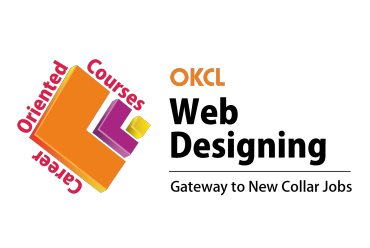
Course Description:
Web designing is the art and science of creating websites that are visually appealing,
functionally robust, and user-friendly. This course covers the essentials of web design,
from understanding the basics of HTML and CSS to more advanced concepts like responsive
design and user interface (UI) principles.
Students will learn how to build websites
from the ground up, focusing on layout, color theory, typography, and accessibility.
What You Will Learn:
1. HTML Basics: Structure your content with HTML5 and understand the semantic web.
CSS Styling: Style and layout your websites with CSS3, exploring techniques like
Flexbox
and Grid.
2. Responsive Design: Ensure your website looks great on any device, learning the
principles of mobile-first design.
3. User Experience (UX): Enhance the usability of your sites by applying UX design
principles and user-centered design.
4. Web Graphics: Utilize tools like Adobe Photoshop and Illustrator to create stunning
visuals for your web projects.
Course Outcomes:
Upon completion of this course, students will be able to:
1. Design and Build Functional Websites: Create websites that are both attractive and
easy
to navigate.
2. Apply Modern Web Standards: Use the latest web technologies and practices to ensure
compatibility and performance across different platforms and devices.
Enhance User Experience: Improve user satisfaction by designing intuitive interfaces
and
interactions.
3. Prepare for Advanced Studies: Lay a strong foundation for further studies in web
development and design disciplines.
This course is ideal for beginners interested in entering the field of web
development,
as well as for professionals looking to enhance their digital skillset. With the
practical skills and knowledge gained, students will be equipped to tackle
real-world
projects or enhance their career opportunities in the burgeoning field of web
design.